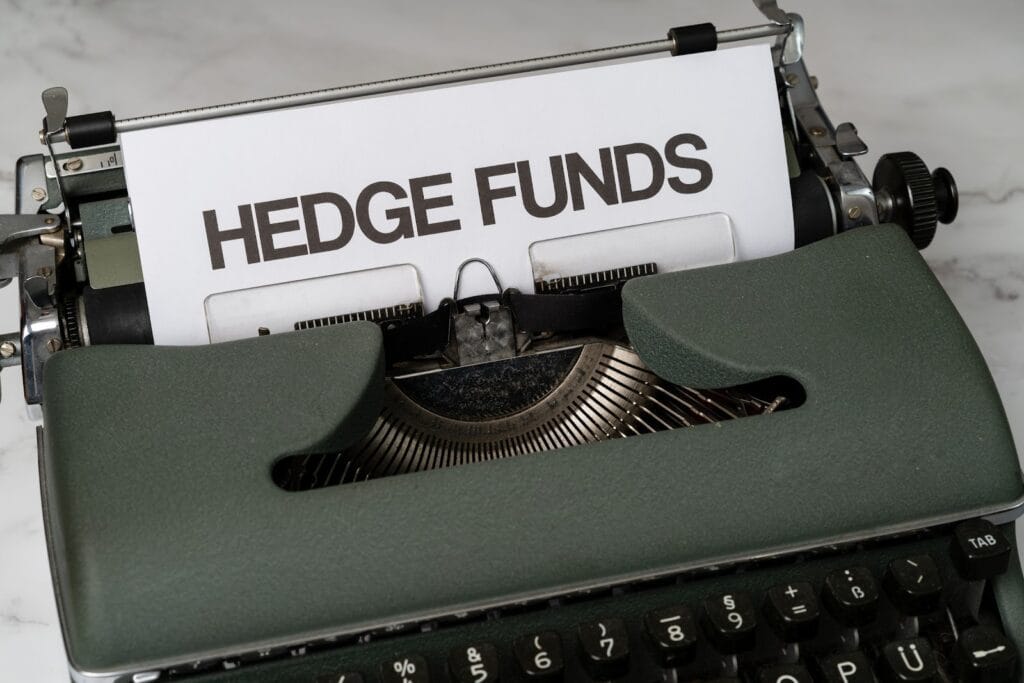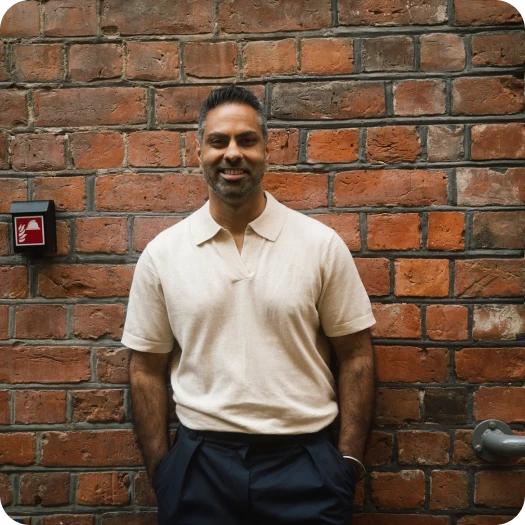Understanding ETFs – A Basic Guide


Exchange Traded Funds (ETFs) are pretty simple actually.
By the end of this guide, you'll know everything that you need to on them.
First, what are they and why should we care?
What is an ETF and How Does it Work?
An Exchange Traded Fund (ETF) is very similar to an index fund.
Many of them track different markets or indexes. Some track US and global stocks. Others track specific sectors like technology, energy, and commodities. Others follow currencies.
They let you easily invest in a basket of different types of investments (like stocks, bonds, currencies, and real estate). They have much lower costs than mutual funds too.
The biggest difference from an index fund is that ETFs are listed, bought, and sold on a stock exchange. You can buy ETFs like you buy stocks. Every ETF has a ticker symbol. Similarly, its price changes during the day when the markets are open. In contrast, an index funds value changes only at the end of the day.
An ETF is structured like an index fund but trades like an individual stock.
For an index fund, you cant take advantage of market movements during the trading day. You put your buy order in, it posts, then you see how much its worth at the end of the day.
ETFs let you trade during the day. That means you can take advantage of market shifts using ETFs.
I don't personally spend my time on this. Id rather stick with index funds since I have no interest in day trading.
But if you're looking for a way to trade indexes throughout the day, use ETFs.
The Benefits of an ETF
1. Diversification
One of the most significant advantages of an ETF is diversification. With the click of one just button, you can own multiple stocks across a sector.
By buying an ETF, you are lowering your risk as it lets you own a basket of stocks than just one or two companies.
2. Transparency
A mutual fund's holdings are revealed once a month. However, an ETF is required to publish its holdings at the end of each day.
3. Convenience and Time
As ETFs are traded on a stock exchange, buying and selling them is just like buying and selling stocks. You own the ETFs shares the moment you buy them. On the other hand, in a mutual or index fund, you get units of the fund only at the end of the day. The price of an ETF changes throughout the day when markets are open, allowing you to buy it at the price you want.
4. Strategies
For all practical purposes, an ETF acts like a stock. That's why you can short sell, trade intraday, or buy it on margin. You can even place various types of orders like a limit order, stop-loss order, and market order.
5. Costs and Charges
The expense ratio of an ETF is usually pretty low, much lower than actively managed mutual funds.. The Vanguard's S&P 500 ETF has an expense ratio of 0.04%, one of the lowest rates you'll find anywhere.
6. No Minimum Investment
Unlike some index funds, ETFs don't have a minimum investment requirement. You only need the amount of money at which the ETF is trading when you buy it.
The Drawbacks of an ETF
1. Costs
You have to look at costs carefully because they can multiply fast and also be a drawback while investing in ETFs.
Some brokerages will charge you a commission every time you buy and sell an ETF. This cost can add up quickly. Let's say a broker charges $9 per trade. If you are investing $1000 per month into an ETF, the commission itself makes up for 0.90% of the investment. That's a high amount to pay every month apart from the expense ratio of the ETF.
Specialized ETFs can also have much higher fees than basic ETFs that track a basic index. Always check the fees before picking a new ETF.
2. Liquidity
Like all stocks, the price of an ETF changes according to its demand and supply. This results in some ETFs being thinly traded on the stock market. There simply may not be enough buyers and sellers. This could become a problem if you want to either buy and sell your ETF shares, and there's no one willing to sell or buy shares from you. Due to the lack of liquidity, you could be forced to buy higher and sell lower than the price you have in mind.
A solution to this shortcoming is to only invest in the biggest and most popular ETFs.
3. Too much activity
As it is easy to buy and sell ETFs, you could get into a habit of frequently trading ETFs. While trying to time a market (something that more than 90% of professional money managers fail at), you may end up incurring a loss. You'll also rack up a bunch of trading fees and taxes by over-trading.
It can be an advantage to have less accessibility.
How and Where to Buy or Sell ETFs
You can invest in ETFs through your 401K, Roth IRA, and brokerage accounts.
For your retirement accounts, check to see which funds you have available. Many 401Ks have plenty of index funds but dont offer any ETFs.
With extra cash, you can always open your own brokerage account and pick the ETFs that you want. My favorite online brokers are TD Ameritrade, Vanguard, and Fidelity.
Here's a hot money-saving tip while investing in ETFs: A lot of brokerages have their own ETFs on which they wont charge you a commission.
For example, if you buy Vanguard ETFs from your Vanguard brokerage account, Vanguard wont charge you a commission. Fidelity extends the commission-free ETFs benefit for several funds from BlackRocks iShares. TD Ameritrade has 100+ commission-free ETFs from SPDR, iShares, and Vanguard. Choose the brokerage with ETFs that you want to focus on, that will save you some trading fees.
Signing up with a broker is simple and doesn't take more than ten minutes. Keep your bank account and employers information handy.
Here's a quick guide on opening a brokerage account:
- Go to the brokerage website of your choice.
- Click on the Open An Account button.
- Apply for an Individual Brokerage Account.
- Fill in all the relevant information about yourself.
- Transfer an initial deposit at this stage if your broker requires it.
- Sit back and wait. Verifying your information might take anywhere between 3 to 7 days.
- The broker will get in touch with you once your account is setup. All that is left now is buying your first ETF. Once your account is approved, it is as easy as buying something from Amazon. Look up the ETF you want and place an order to buy it.
The world wants you to be vanilla...
…but you don’t have to take the same path as everyone else. How would it look if you designed a Rich Life on your own terms? Take our quiz and find out:
Different Types of Exchange Traded Funds to Consider
The best part of ETFs is the sheer amount of choice that you have.
No matter what you want to get exposure to, there's an ETF for it.
But that choice can also be overwhelming. With thousands of ETFs tracking almost every imaginable asset, it may seem challenging to pick the right one. Analysis paralysis is a real thing.
Here are some of the different types of ETFs to consider.
Broad Market ETF
Broad market ETFs track indexes like the S&P500, Dow Jones, or NASDAQ.
Similarly, some ETFs track the entire US market, global market, and specific regions in the world. I love such ETFs as they allow you to have a hands-off approach while investing across stocks, sectors, and countries.
Generally, Broad Market ETFs are passive in nature and thus have lower costs. I have the vast majority of my portfolio in funds like this. You'll get the best performance for the lowest fee.
Industry-specific ETF
An industry-specific ETF tracks securities in a particular sector.
For example, let's say you think that the technology sector is going to do well but don't know which stocks to invest in. In that case, you can simply invest in a technology sector ETF.
By investing in an industry-specific ETF, you can narrow your focus on a sector that you think will perform well. By investing in multiple stocks within that sector, you are also protecting yourself against individual companies that perform poorly.
Dividend ETFs
Good dividend stocks are attractive to some folks because of the consistent income. Dividend ETFs that focus on high and consistent dividend-paying stocks can be a great buy.
There are different types of Dividend ETFs. Some look at just the stocks dividend yield, while others look at consistency and future capacity to pay a dividend. Others simply track a dividend index like the Dow Jones US Select Dividend Index.
In most cases, I wouldn't worry about adding dividend-specific stocks to your portfolio. There's usually a price-premium for the cash flow compared to selling stocks to generate cash for yourself.
Bond ETFs
Investing in bonds is an excellent idea as bonds lower the risk of your portfolio. Bond returns have traditionally gone up when stock returns have gone down.
There are Bond ETFs for US bonds, global bonds, and government, and company bonds.
Commodity ETFs
Investing in gold, natural gas, and agricultural products may seem difficult. But commodity ETFs make it easy. Investing in commodities can further diversify your portfolio.
A majority of the commodity ETFs don't buy the physical commodity but use derivate contracts backed by the physical commodity. Some ETFs track a group of commodities, while others follow only one commodity. The SPDR Gold Shares (GLD) and iShares Silver Trust (SLV) are the largest gold and silver ETFs, respectively. This is probably the easiest way to get exposure to commodities.
Currency ETFs
Currency ETFs offer you a chance to make a profit when foreign currencies move compared to the US Dollar.
Unless you have a long-time obsession with forex trading, Id avoid these in most cases. Foreign exchange trading is not for the faint of heart.
Real Estate ETFs
Real Estate ETFs mainly invest in Real Estate Investment Trusts (REITs) and real estate companies.
REITs, by nature, are diversified. But very rarely would you find a REIT investing in specific types of properties. That's where REIT ETFs come in. There's options for every type of real-estate you could possibly want to invest in. Its a great way to invest in different kinds of REITs easily.
Investing is just one way to live your Rich Life
Investing can build wealth and improve stability. But wealth isn't everything. Want to learn more? Find out what Ramit has to teach you about living your Rich Life.
If you liked this post, you’d LOVE our Ultimate Guide to Personal Finance
It’s one of the best things I've published, and totally free – just tell me where to send it: